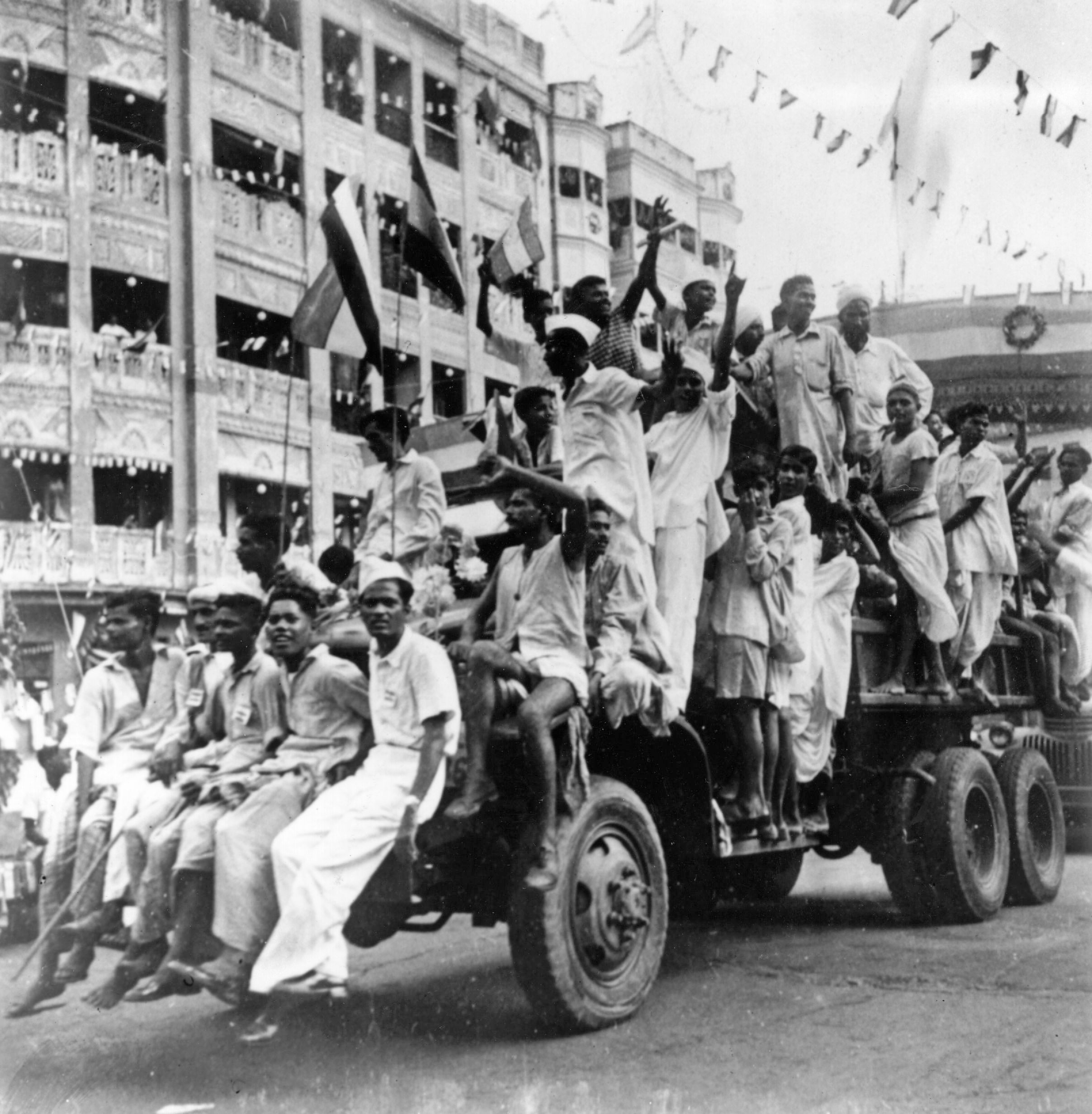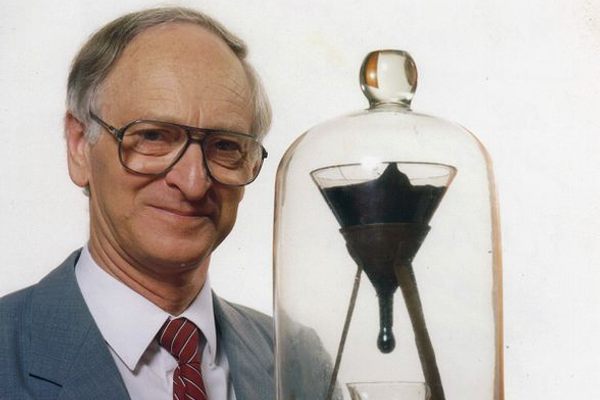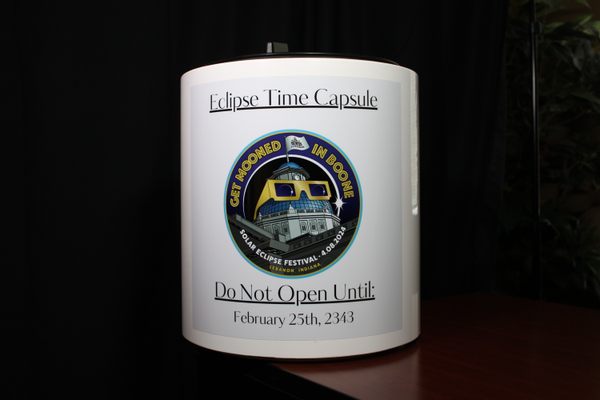The Long History of ‘Bombay Time’ and Resistance to Colonial Rule
For decades the city of Mumbai operated by two—or more—different clocks.
In 1878, Bombay University completed construction on a dazzling addition to the colonial city’s skyline: a 280-foot clock tower. Built in the Venetian Gothic style, the Big Ben–inspired structure was the tallest at the time in the city that would come to be known as Mumbai, with clock faces in each direction. It was right in the heart of the developing town, bursting from the surrounding trees on campus, with the sea not far away. There was just one prickly issue: No one could agree on what time it should keep.
Today, India has a single time zone, five-and-a-half hours ahead of UTC, based on the 82.5E longitude line that slices the country in half. But India is some 1,800 miles across, so the sun rises and sets in the east almost two hours earlier than it does the west, which has prompted periodic demands for more than one time zone. (The continental United States, by way of comparison, is about 2,800 miles across and has four time zones.) But every Indian watch wasn’t always set to the same time.
Until the mid-19th century local timekeeping was tied to the rising and setting of the sun. Until the early 1880s Bombay mostly followed this local solar time, or, appropriately, “Bombay Time.” But with the onset of the railways and telegraph from around the 1850s, it became expedient, even imperative, for colonial India to have a single uniform time. “Madras Time” was chosen as the default. The city of Madras (Chennai) lay roughly halfway between Calcutta (Kolkata) and Bombay. As Rajendra Aklekar, journalist and author of A Short History of Indian Railways explains, the Madras observatory ran the telegraph service used for synchronizing railway station times. So the colonial government advised that the region adopt this “Railway Time,” which was about 30 minutes ahead.

This first attempt to impose a single time on Bombay in 1870 was unsuccessful, and a second attempt by the colonial government in 1881 also met with opposition. The city resisted, with many people (as well as the university and the high court) using Bombay Time, even as the railways and some government offices used Madras Time.
The imposition of a single time for Bombay was, from the outset, a thorny, charged issue that rankled the city’s pride and resurfaced repeatedly over a century. Bombay University was one of the arenas in which this battle unfolded. In April 1883, at a meeting of the University senate, the 40 or so attendees, including city officials, judges, and professors, debated: What time should the newly minted clock tower keep?
At the senate meeting, one Dr. D’Souza argued that because the clock and the tower belonged to Bombay, “the time of the city to which they belonged should be kept.” A Mr. Chambers, from the Bombay Observatory, proceeded to give “a learned discourse on the astronomical variations of time,” the Times of India reported in its April 16 edition, pushing for the abandonment of local time in favor of the more widely accepted standard time “for the sake of convenience.” One Mr. Orr, a senior high court official, demurred, arguing that given Bombay’s position as a key mercantile and trading port city in the British Empire, adopting a new time “would cause much inconvenience to the shipping interest of Bombay, to the mercantile community and to the high court.”
The municipal corporation appeared willing to pay half the cost of lighting the tower if Bombay Time was kept, while the government would do so if Madras Time won out. Bombay Time prevailed in a 34-to-7 vote.

The clock tower was one of earliest reported public debates over local time—but it was by no means the last. As time progressed, the arguments coalesced into two camps. Those that favored a single time argued it was uniform, convenient, and scientific. Those that resisted spoke of ritual, tradition, and city pride, and were often motivated by a spirit of colonial resistance.
At the time, the world didn’t yet have a codified system of time zones, but that was starting to change. In 1884, at the International Meridian Conference, the system of time zones at one-hour intervals was discussed. Calcutta, which falls on the 90E meridian, would be ahead of Greenwich Mean Time (GMT) by six hours. Bombay, on 75E, by five or so. (Technically though, Bombay Time worked about to be four hours and 51 minutes ahead of GMT.) It took some time, but this was the foundation of the system of time zones we know today.
Despite its unsuccessful attempts to align time in Bombay, the British were not done trying. In 1905, the unpopular Viceroy Lord Curzon again attempted to impose a single time, measured from the north Indian city of Allahabad (Prayagraj), or 38 minutes and 50 seconds ahead of Bombay Time.
As the government consulted city officials and merchant bodies for feedback, Curzon announced the Partition of Bengal. This decision, nominally for efficiency, split the Hindu-majority west of the region and the Muslim-majority east, and was perceived as an attack on secular unity. It became a definitive moment in the independence struggle, and in Bombay, it emboldened the fight against the idea of a colonially imposed idea of time.

“The partition wasn’t as critical an issue in Bombay as in Bengal, but opposing Indian Standard Time was a way for all Indians to protest Curzon’s partition of the eastern Presidency,” says Shekhar Krishnan, a historian and adviser to the Municipal Corporation of Greater Mumbai (known as the BMC), the city’s governing civic body. His PhD thesis includes a section on colonial time, and he is working on a book about the subject. “Standard Time was a powerful new social norm and source of power for people and communities to identify and work with each other,” he adds.
The British couldn’t simply impose the new time standard. While they occupied the most important positions of power, Indians were given a degree of autonomy, especially in local government. The debates in the municipal corporation hall, where some of the opposition unfolded, were vigorous and close-fought. In the streets, about 15,000 people submitted a petition to revert to Bombay Time. Nevertheless, the practical considerations of a single time won out, and on January 1, 1906, Standard Time was set to be imposed.
The move angered laborers right away. Bombay was important in the cotton trade, and textile mill workers, already piqued about overtime hours and low wages, would have to start work before dawn under the new time system. They didn’t hold back on their frustration. More than 2,000 workers amassed at Jacob Sassoon Mill and vandalized the timekeeper’s office, the Times of India reported. The mill authorities ultimately conceded a little, allowing workers to start at 6 a.m. Bombay Time (6.39 a.m. Standard Time)—in tune with the rhythms of the sun.

“If not for the protests by mill workers who worked on clear shifts run on clock time, and the immediate reversal of the city’s mill owners from standard to local solar time, the BMC would not have swung in favor of Bombay Time,” says Krishnan.
Resentment was building outside the mills too. The following month, at a public meeting, prominent local leaders gave fiery speeches supporting the use of Bombay Time. One Sir Bhalchandra Krishna, according to the Times of India, cited it as a matter of “comfort and convenience.” “From the native point of view, he said, the Standard Time caused great hardship to their religious ceremonial observances and the casting of horoscopes,” the paper reported, as such matters relied on the sun itself, and therefore were predicated on the use of Bombay Time.
Officially, the colonial government implemented Standard Time, but once again many people exercised a kind of passive resistance by simply operating on two sets of times, adjusting meetings or accounting for delays, depending on where they were going or what they needed to do. Corporation clocks stuck to Bombay Time and philanthropists funded clocks that showed it in the spirit of resistance Krishnan points out. (Briefly, between 1900 and 1906, the city even used three times. The third was Port Signal Time, for shipping schedules, which was five hours ahead of GMT.)
The time debate resurfaced in the city corporation intermittently over the years, often gleefully reported in the local news as the “Battle of the Clocks.” By 1927, the Times of India referred to a corporation debate on the subject as “a hobby” that was “ridden to death,” while a 1939 news report called it a “hardy annual” feature. And so it went, a city with two times and a populace that adapted. Obviously, it wasn’t an optimal arrangement.
Something as simple as making it to a dinner appointment could be difficult. In 1927, in the Times of India, a businessman bemoaned the trouble that came with an invitation for 7:51 p.m. (Bombay Time)—he had to add 39 minutes to it to realize that it was meant for 8:30 p.m. Standard Time. And the matter of pride and colonial resistance continued to fester. One Mr. JB Bomon-Behram described in a news report that following Standard Time was a loss “of prestige” and that the first act of “swaraj,” or Indian self-determination “would be to restore local time to Bombay.”
Eventually, the urgency of maintaining two time systems out of pride waned, and use of Standard Time grew. Only a few holdouts, notably clocks operated by the city corporation, followed Bombay Time. In the 1940s, with the war effort demanding greater uniformity and cohesion, Krishnan says, India (and Bombay) began to follow yet another “new standard time,” also called Japan Time, which was 6.5 hours ahead of GMT. In 1947, when India became independent, a single time zone became a natural next step: Indian Standard Time, 5.5 hours ahead of GMT. In the early 1950s, the municipality finally officially abandoned Bombay Time.

Though it loomed large in the public consciousness for decades, even residents who grew up in the period have only a faint recollection of the Battle of the Clocks. “By the time I joined medical college in the 1940s, Indian Standard Time was quite well-established,” says Dr. RP Soonawala, 92, one of the city’s most well-known doctors. “Certain clocks did display Bombay Time but it was hardly in use.”
Still, for a while, relics of the old time lingered in the language. City historian Deepak Rao remembers that, even into the 1950s, people jokingly upbraided latecomers for “running on Bombay Time.” Dr. Madhukar Narvekar, 90, recalls people adding “IST” out of habit to distinguish it from “BT,” even though the latter had faded from use. These days, Bombay Time is largely overlooked as a piece of city heritage; it doesn’t have the symbolic heft of neo-Gothic architecture, such as that of the high court and the railway station, or the lived colonial legacies of cricket and the English language. “As a culture we need symbols to hold on to,” says Bharat Gothoskar, who founded Khaki Tours, a heritage-focused outfit that conducts city tours, “and time doesn’t have a physical embodiment.”

There’s one exception: Members of the city’s Parsi community (an ethnoreligious group that practices Zoroastrianism)—even those born after the 1950s—remember Bombay Time better than most. “I knew about it growing up because as a Parsi, our fire temples observed time according to the old Bombay Time,” says Farrokh Jijina, a senior editor with Parsiana, a community magazine, because it is closer to “real” solar time. “When I first started wearing a watch, it was a source of confusion.”























Follow us on Twitter to get the latest on the world's hidden wonders.
Like us on Facebook to get the latest on the world's hidden wonders.
Follow us on Twitter Like us on Facebook